When each of our grandchildren reaches eight years old Jan and I take them on an eight day Dolly Sods Wilderness adventure. This was Lila’s year. Below are a few highlights.

The only site open at the Red Creek Campground was No. 1 so we settled in for our stay. Lila helped me install our solar panels so we could have power for charging camera batteries and using the computer for transferring photos. (Photos (c) Bill Beatty)

The next day, after filling water bottles at the spring, we hiked Northland Loop Trail and looked closely at the insectivorous plants along the Alder Run Bog boardwalk. (Photos (c) Bill Beatty)
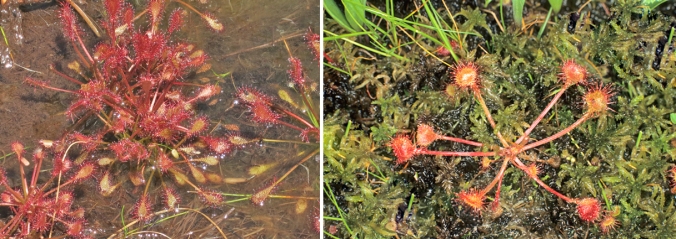
Left – Spatulate-leaved Sundew (not native, but showing up in several bogs in West Virginia); Right – West Virginia’s native Round-leaved Sundew. Fortunately the habitat requirements are different enough to allow both of these insect-eating plants to thrive together in the same bogs. (Photos (c) Bill Beatty)

Round-leaved Sundew pad with trapped cranefly. (Photo (c) Bill Beatty)
Jan and I always start with easier hikes for the grandchildren when we take them on their Dolly Sods adventure. After the Northland Loop trail and lunch we hiked part of the Allegheny Front Vista Trail. This trail is full of scenic overlooks and interesting rock formations.
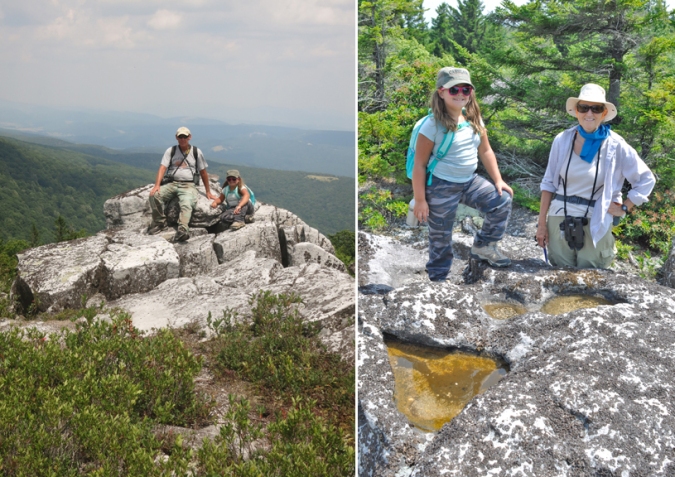
Photos (c) Bill Beatty
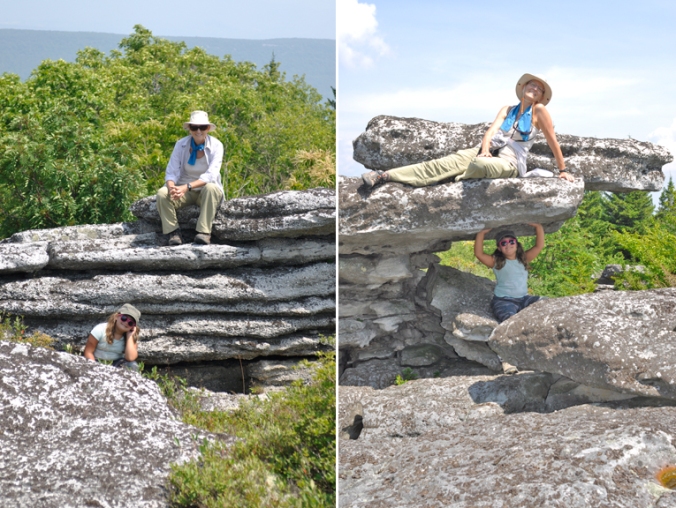
Photos (c) Bill Beatty)
All along the Dolly Sods road we saw spectacular wildflowers.
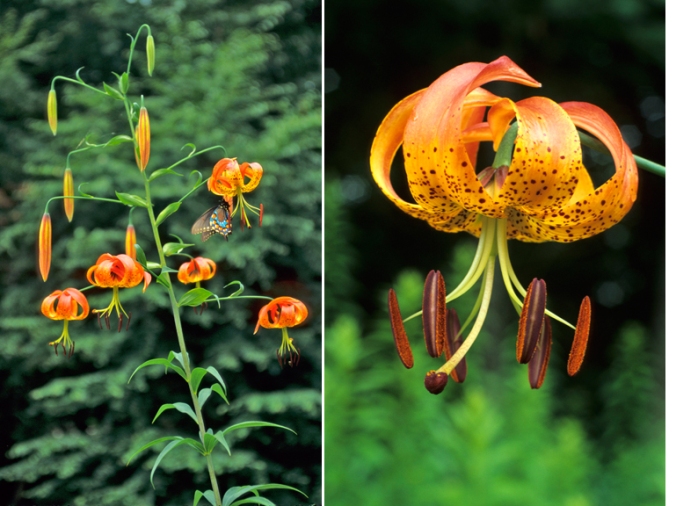
Turks Cap Lily (Photos (c) Bill Beatty)
On day two we did a more physical hike beginning at Bear Rocks and continuing out to Stack Rocks.
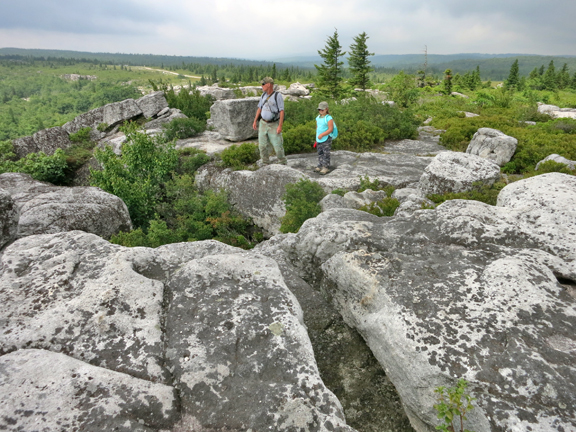
The Bear Rocks escarpment (Photo (c) Jan Runyan)
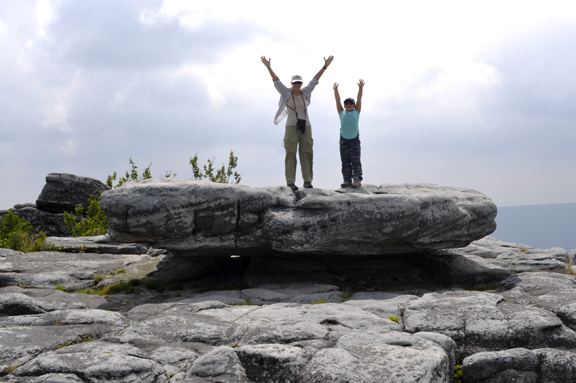
Jan and Lila on Pancake Rock (Photo (c) Bill Beatty)
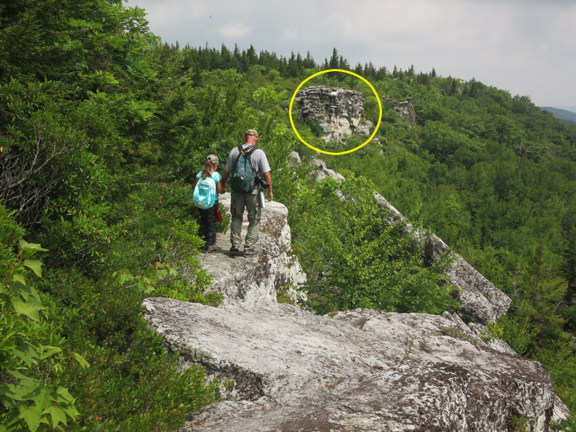
Continuing to Stack Rocks (in background) (Photo (c) Jan Runyan)
The next day one of the trails we hiked was the Rohrbaugh Plains Trail.
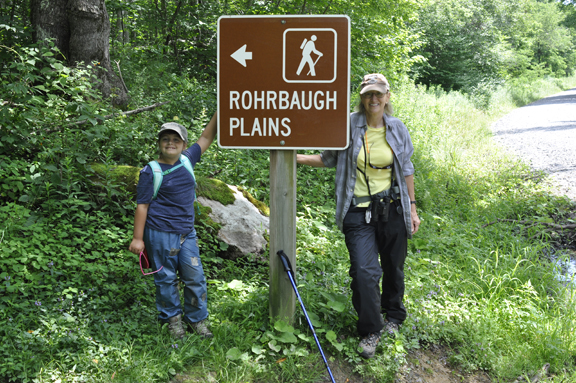
Lila and Jan ready for another hike (Photo (c) Bill Beatty)
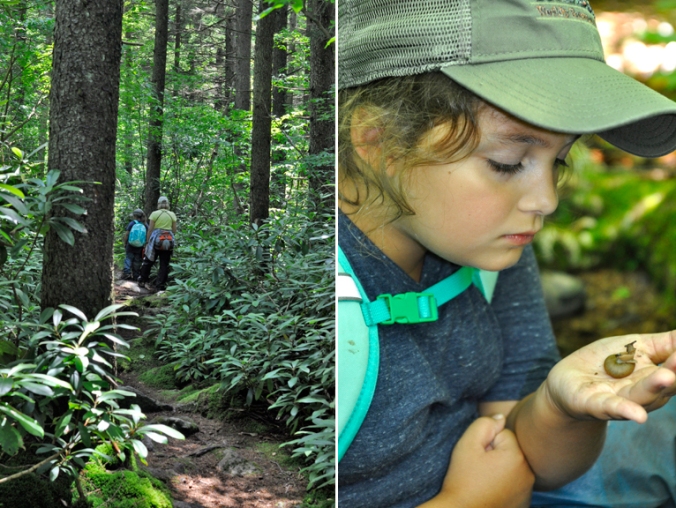
Hiking the Red Spruce/Rhododendron section of the Rohrbaugh, Lila found a snail and hummed it from its shell (Photos (c) Bill Beatty)
Because of the moist summer, there were many colorful mushrooms and other fungi along most of the trails we hiked during the week.
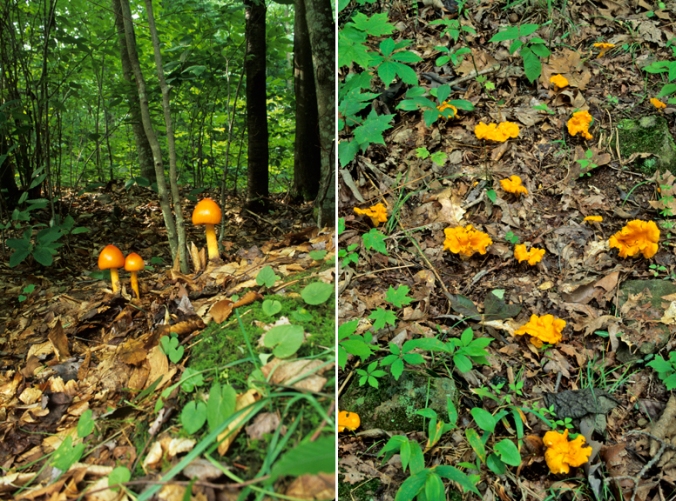
Left to right – American Caesar and Chanterelle mushrooms (Photos (c) Bill Beatty)
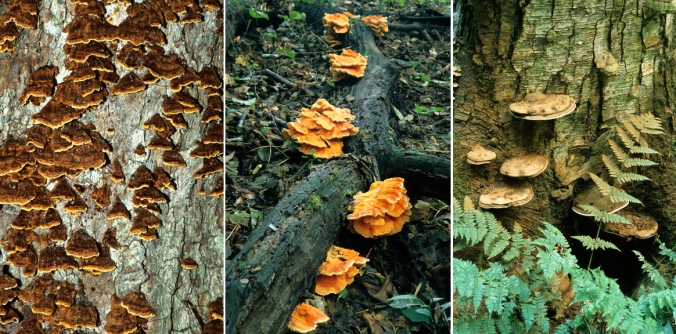
Left to right – Crowded Parchment, Chicken of the Woods and Artist’s Conk (Photos (c) Bill Beatty)
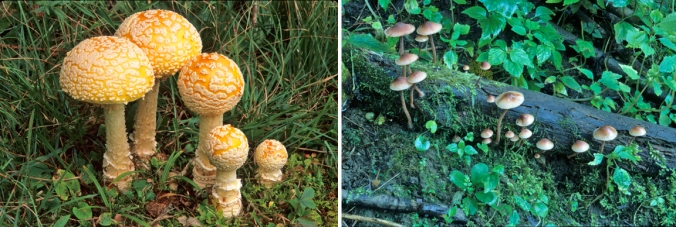
Left to right – Fly Amanita and Bleeding Mycena mushrooms (Photos (c) Bill Beatty)
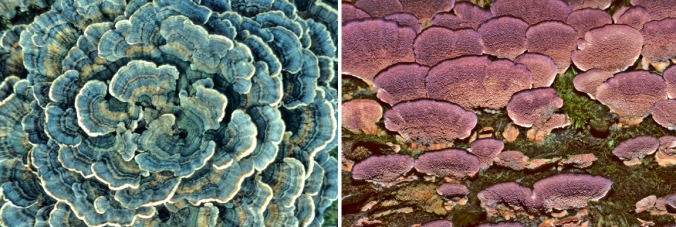
Left to right – Turkey Tail and Violet Toothed Polypore fungi (Photos (c) Bill Beatty)
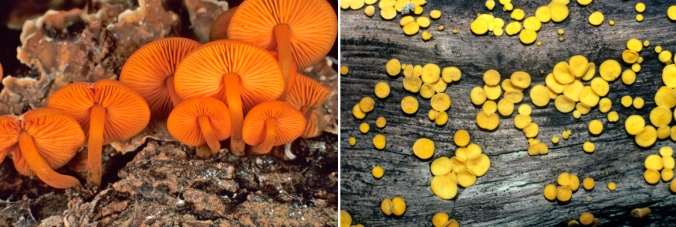
Left to right – Orange Mycena and Yellow Fairy Cup fungi (Photos (c) Bill Beatty)
Besides our days on Dolly Sods we also took trips off the mountain to explore Canaan Valley and other nearby areas. Canaan Loop Road offered a wide variety and abundance of wildflowers.
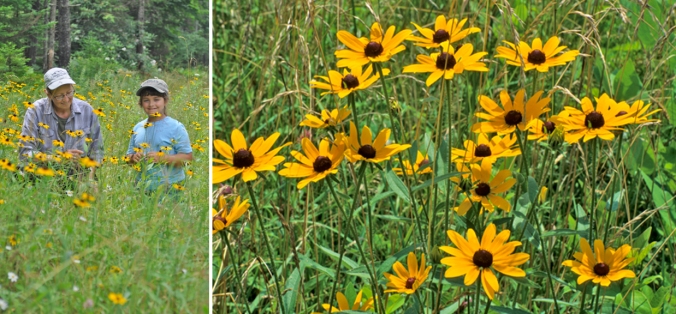
Black-eyed Susans (Photos (c) Bill Beatty)
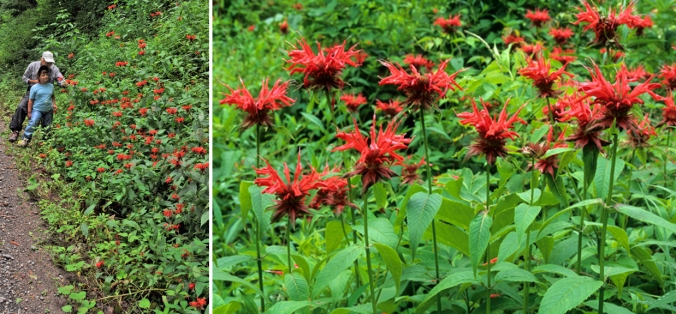
Bee Balm flowers (Photos (c) Bill Beatty)
On our last full day on Dolly Sods we hiked the Beatty Labyrinth. We saw and heard many fascinating creatures. Jan and I were surprised that we heard Hermit Thrushes (my favorite bird song) singing every day…every where.
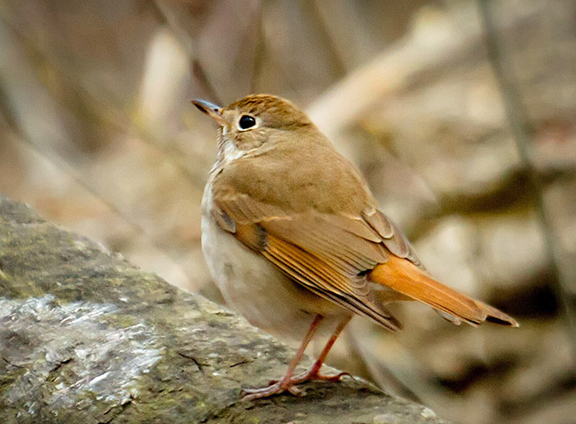
Hermit Thrush (Photo (c) Laura Meyers)
Song of the Hermit Thrush –
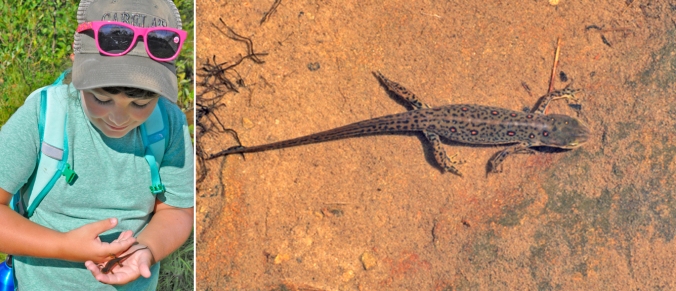
At the pond at the bottom of Blackbird Knob Trail we caught a Red-spotted Newt. (Photos (c) Bill Beatty)
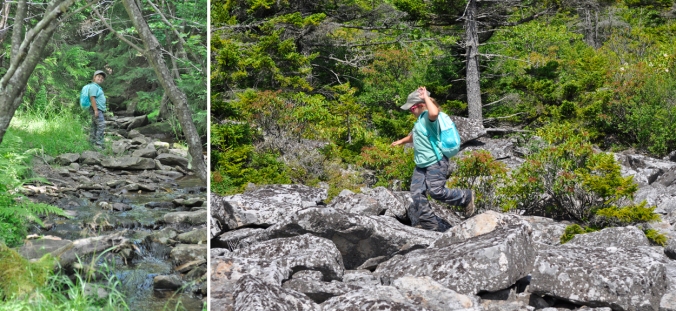
Lila along Alder Run Bog Run and crossing the rock field on the Beatty Labyrinth. (Photos (c) Bill Beatty)
Sadly, this was our 4th and last grandchild trip to Dolly Sods. Luckily, however, one of our grandkids has asked if he could return to the wilderness with us and do some more hiking. We are already thinking about Dolly Sods with him next year.
When they are 10 take them for 10 days…
LikeLike
What a great and informative trip. I’m glad you made it home before the rains and flooding.
LikeLike
Jan and I spend a lot of time at/in the Dolly Sods Wilderness. I was there for 9 weeks in 2004. We left the area a few hours before the rains began… not because of the rain, but it was what we planned months before. WV is a beautiful place.
LikeLike
I remember some rains on Dolly Sods.
LikeLike
We sure did have some rains. After all, it was during a hurricane. Where are you and what are you doing? Email me.
LikeLike
By the time they’re 10 there’s sports and other schedules to work around.
LikeLike
Wonderful! Just wonderful and so inspiring! Your photos made me feel like I was right there on Dolly Sods, too.
LikeLike
Your grandkids are so lucky to have you and your wife to introduce them to the magic of the wilderness.
LikeLike